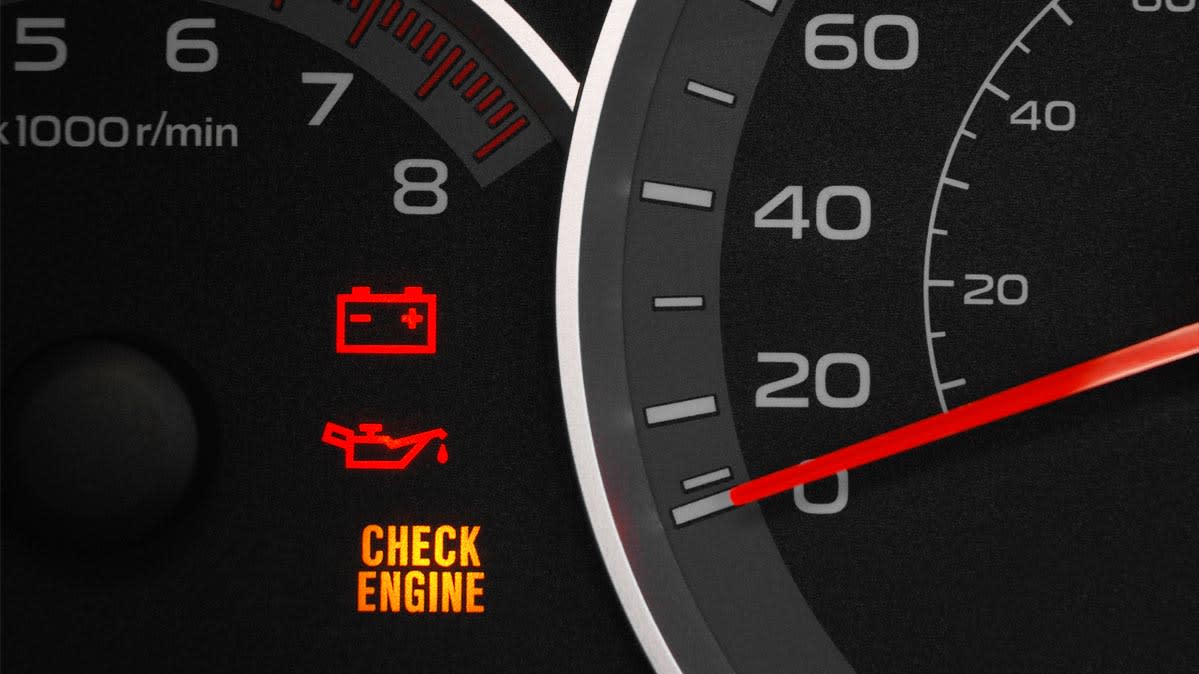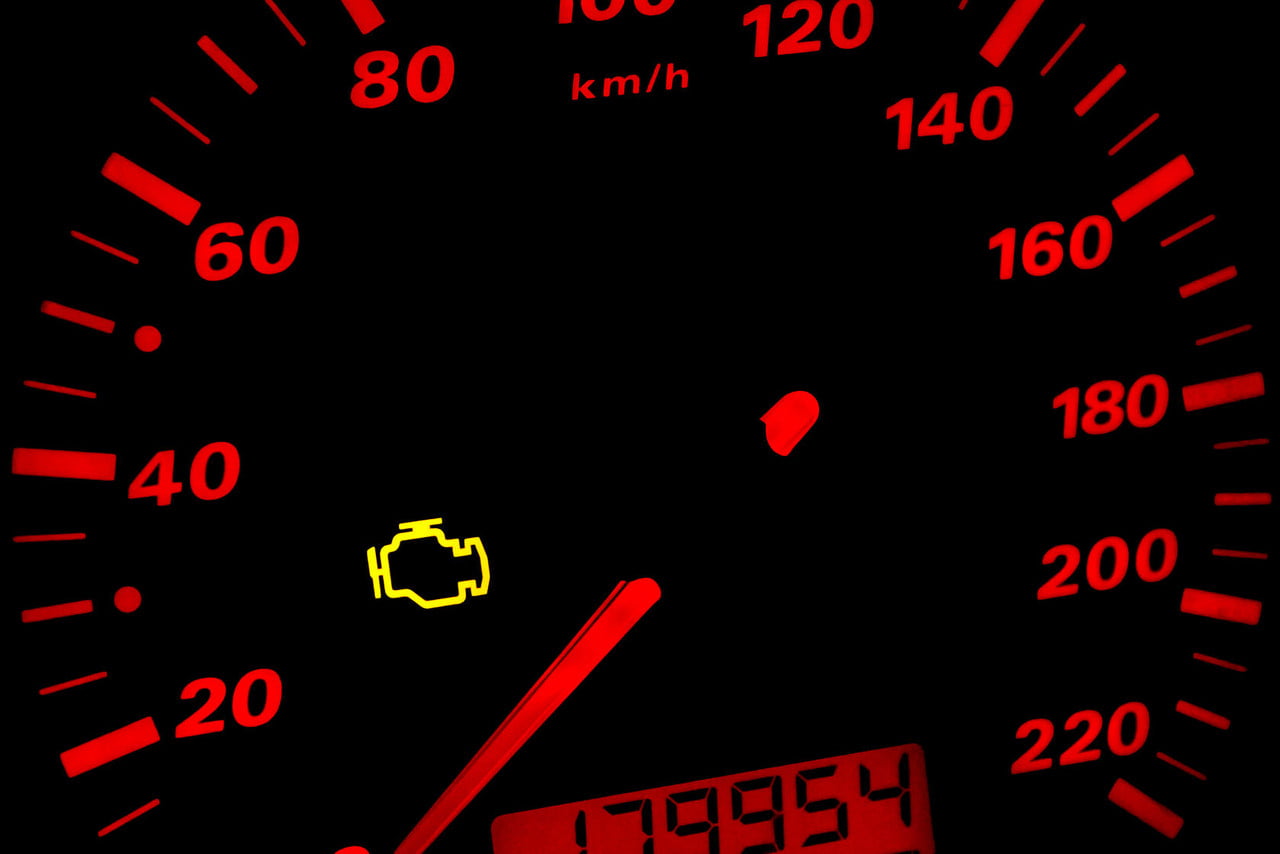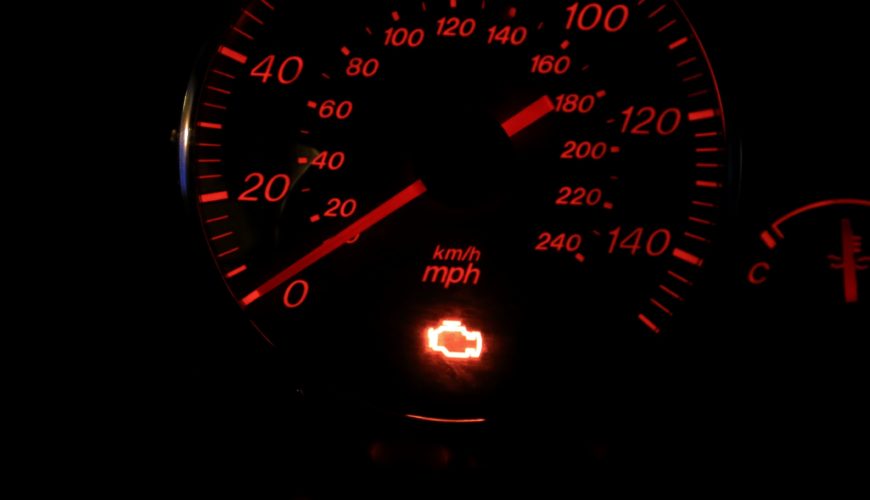The check engine Malfunction Indicator Light on the dash of your car or truck illuminates when an issue is present in at least one critical system. OBD-II diagnostic equipment is the fastest and most reliable way to find out what’s wrong with vehicles manufactured after the mid-1990s. Most mechanics and dealers have this equipment and can offer expert opinions. Some major auto parts stores offer diagnostic services and loaner tools in addition to oil change deals and the lowest prices on motor oil. You can also obtain testing tools to use in your own garage. Take these three steps to diagnose and fix problems as soon as the check engine light turns on in a vehicle.
1. Watch the Light

Monitor the check engine light for several moments. A blinking indicator light may suggest a minor or intermittent issue that could only require preventative maintenance or slight adjustment. A check engine light that remains steadily lit can indicate continuous issues that might damage the engine or essential ignition and exhaust system components. You can also turn off the stereo and pay close attention to the feel and sound of an engine. If the engine misfires or stalls, the problem could already be serious. On-board diagnostics can help you narrow down potential problems to the particular issue triggering an indication.
2. Run Diagnostics
Dealers, mechanics and many auto parts stores have diagnostic equipment. While dealers and mechanics may have more specialized expertise for your make and model, the ability to purchase replacement OEM or aftermarket parts without markups is a major benefit of going to an automotive retailer for diagnostics. Whether you need to switch out spark plugs or ignition coils or do a car battery replacement, you can get the lowest prices on components and tools. If you frequently do automotive repair work or upgrade vehicles, you might want to invest in your own set of diagnostic equipment for obtaining engine codes.
3. Check Engine Codes

OBD-II technology in the computers of vehicles produced since the mid-1990s creates and delivers trouble codes. These alphanumeric codes combine letters and numbers to indicate the vehicle systems that have triggered a MIL. The OBD-II system is basically standardized across all vehicle makes and models, and the following letters are used to indicate major automotive systems:
- Body (B)
- Chassis (C)
- Powertrain (P)
- Network Communications (U)
The digit that follows this letter can help to pinpoint the problem, with 0 indicating generic or global issues and 1 pointing toward specific parts or systems. Some of the most common codes are for issues such as faulty oxygen or mass air flow sensors, engine misfiring indicated by inconsistent or slow crankshaft speed or issues involving exhaust system components such as the catalytic converter.
OBD-II technology makes it easier to determine why the check engine light in a car or truck is illuminated. If you do a lot of automotive repairs or upgrades, you may want to get your own testing equipment. Otherwise, you should take your car or truck to an auto parts store, dealer or mechanic.




